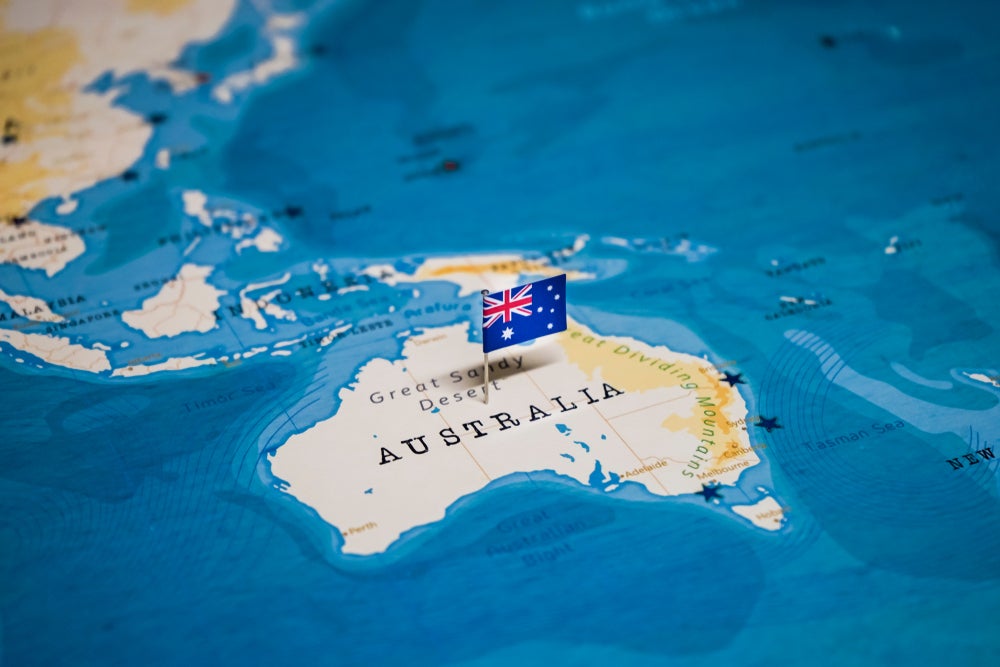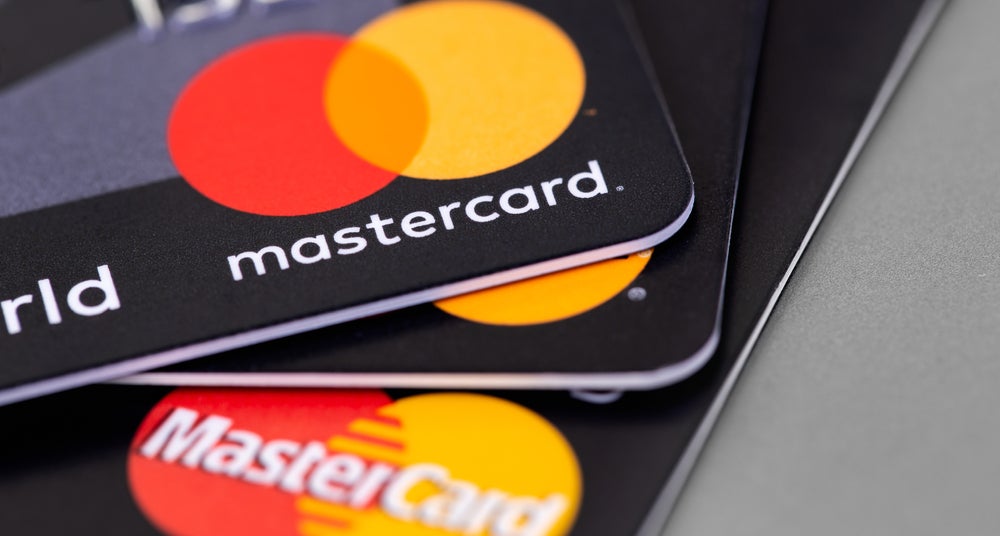In a high-tech world where individualised products and services are the norm, the financial services sector, too, is slowly but steadily adopting a more personalised approach to attract and retain customers. But do customers really want to have their photo on a bank card? Duygu Tavan and Louise Naughton find out
 It is never easy to determine what customers really want. What one customer may value as a good product and service proposition, another may consider a burden or useless. One such dilemma arises for card customisation programmes. Do customers want to have the choice to spend or waste? time choosing a perfect picture for their credit and/or debit card? Does too much choice not confuse customers, even put them off – because in our fast-paced lives, who cares what colour their card is as long as it can do the job for which it was intended: eliminate the need for cash? And – are customers prepared to pay for such as service?
It is never easy to determine what customers really want. What one customer may value as a good product and service proposition, another may consider a burden or useless. One such dilemma arises for card customisation programmes. Do customers want to have the choice to spend or waste? time choosing a perfect picture for their credit and/or debit card? Does too much choice not confuse customers, even put them off – because in our fast-paced lives, who cares what colour their card is as long as it can do the job for which it was intended: eliminate the need for cash? And – are customers prepared to pay for such as service?
There is a trend among financial institutions to roll out card customisation programmes as many argue that consumers develop a special bond with personalised items. Therefore, payment card customisation, say analysts, will be the next battlefield for issuers.
There certainly have been a lot of discussions surrounding this forecast. Most recently, the announcements included:
- In the US, card processing aggregator Member Access Pacific (MAP) launched a card customisation platform by Serverside Group for credit unions.
The Design A Card platform enables credit unions to roll out card customisation programmes quickly and at a low cost. Their customers can upload personal photographs or use stock imagery to create a card according to their fancy. MAP is currently the only card processing aggregator of the Visa Debit Processing Service for credit unions in the US. - In India, the third-largest private sector lender, Axis Bank, launched MyDesign Card, a personalisation to design personalised debit cards. Customers can also customise the card background with an image of their choice from Axis image library.
- In Eastern Europe, Bank of Georgias Love Card also deploys technology by Serverside Group and is available as a debit and credit card. The bank made use of the social media potential in financial services, the bank encouraged clients via its Facebook page to upload their own designs in three categories: Photo, graphic design, painting. The 30 best designs were then chosen and are available for cardholders to deploy on their Visa Electron, Visa Classic, Cirrus Maestro and MasterCard cards. The bank is also marketing the card on TV, print as well as YouTube.
In the card customisation space, Serverside is certainly a household name. Data the company has shared with Cards International shows that , for instance, BBVA Compass Bank registered a 54% increase in account activation with personalised cards and a 27 % customer usage increase. It also enjoyed a 3% customer retention increase and as well as revenue growth by $45 per card per year. Another, unnamed, major financial issuer in the US revealed it has had 7,000 personalised card requests in a single day, 70,500 card orders in one month and has seen a massive reduction in churn rates.
Alex Cahn , sales director for Severside EMEA said at at VRLs Cards and Payments Europe 2011 conference in Frankfurt that many issuers have seen churn rates plummet to almost zero as consumers find it difficult to cut up their family and friends.
He said that while the average ticket value decreases for a customer with a customised card, their payments volume increases as they start to use the card to pay for purchases they would usually associate with cash.
How well do you really know your competitors?
Access the most comprehensive Company Profiles on the market, powered by GlobalData. Save hours of research. Gain competitive edge.

Thank you!
Your download email will arrive shortly
Not ready to buy yet? Download a free sample
We are confident about the unique quality of our Company Profiles. However, we want you to make the most beneficial decision for your business, so we offer a free sample that you can download by submitting the below form
By GlobalDataCahns argument fits in with findings by Javelin Strategy and Research: Their latest research indicated that that personalising cards can be an effective tool for customer retention and increased card usage.
In the current economic environment, this can be effectively leveraged to drive customer affinity, transaction volume, profitability and competitive advantage, Bruce Cundiff, a senior analyst at Javelin Strategy and Research, says.
A whole package
Luc Holper, vice president of issuing at SIX Card Solutions, argues that card customisation must come as part of a whole package. He cites examples of unnamed banks that have relied simply on picture personalisation as a way to increasing payments volume and usage and failed.
In order to create customer loyalty, you have to go beyond the picture card, says Holper and argues that customisation technology works best when tied in conjunction with bonus programmes, which allows consumers to gain points and rewards from purchases.
Adam Elgar, president of Serverside, wholeheartedly disagrees with Holper and says that image personalisation can be successful as a standalone product. Of course, when image personalisation is combined with financial personalisation, it stands to reason that the offering would be a better one – but there are also pitfalls to overcomplicating the process.
Some banks are making the decision to charge for the customisation service with Serverside research showing Eastern European banks typically charge around 5 and banks in the UK are opting to set a slightly higher fee of £7.50. While there may be an obvious immediate return on investment for banks, Cahn warns charging for the add-on means there will be a lower uptake of the technology as there will be those that will refuse to pay for the service.
There have been a lot of value added services that have not been transparent because it is difficult to get consumers to value a free service, Luke Olbrich, head of debit at MasterCard Europe said at the VRL conference.
But not all banks agree. Cahn notes one more transaction per week per consumer is a good enough justification for a lot of banks to offer the customisation service for free.
Those who have rolled out the service, see immense business potential.
When Bank of Georgia launched its programme, David Bezhiashvili, card service department director, said that the Love Card puts clients in charge of how their card looks and extends the banks payment cards proposition, while Jairam Sridharan, head of consumer lending & payments at Axis, said at the launch:
By empowering our customers to design their debit cards, MyDesign aims to promote closer customer engagement with the bank.
The MyDesign function enables cardholders to put a photo of a friend or family member, a picture of a pet, an image of a special hobby or a snap of the customer themselves onto their cards.
In the US, the card customisation programme Design A Card allows credit unions to track customer response rates in real-time through the use of online marketing tools provided via the MAP customisation platform. Explaining the launch of the platform, CEO and president of MAP, Cyndie Martini, referred to industry research that showed that personalised cards could boost card usage by as much as 15%-20% and build stronger relationships with members. This increased loyalty leads to stronger transaction volumes and reduced attrition.
Given the high return on investment rates, card customisation programmes appear to be an important tool for banks to encourage customers to use their cards. As the financial services sector continues to move into ever-more technical territory, and margin pressure prevails, institutions will have to capitalise on consumers’ willingness to pay for services.







